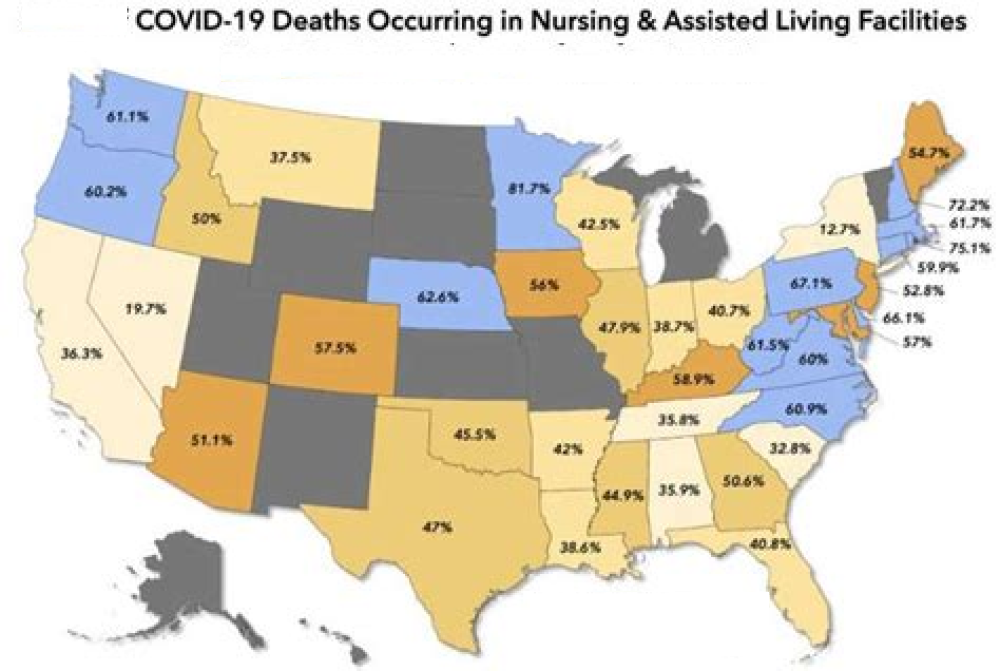Authors: Craig Brierley, University of Cambridge
Genomic surveillance—using information about genetic differences between virus samples—can help identify how SARS-CoV-2 spreads in care home settings, whose residents are at particular risk, according to new research published today.
Care homes are at high risk of experiencing outbreaks of COVID-19, the disease caused by SARS-CoV-2. Older people and those affected by heart disease, respiratory disease and type 2 diabetes—all of which increase with age—are at greatest risk of severe disease and even death, making the care home population especially vulnerable.
Care homes are known to be high-risk settings for infectious diseases, owing to a combination of the underlying vulnerability of residents who are often frail and elderly, the shared living environment with multiple communal spaces, and the high number of contacts between residents, staff and visitors in an enclosed space.
In research published today in eLife, a team led by scientists at the University of Cambridge and Wellcome Sanger Institute used a combination of genome sequencing and detailed epidemiological information to examine the impact of COVID-19 on care homes and to look at how the virus spreads in these settings.
For More Information: https://medicalxpress.com/news/2021-03-genomics-routes-transmission-coronavirus-homes.html
